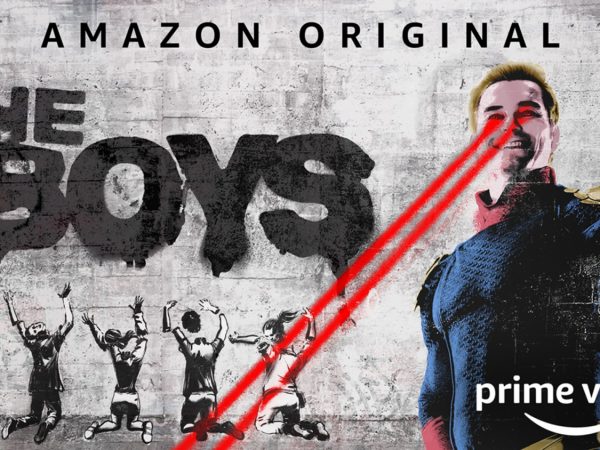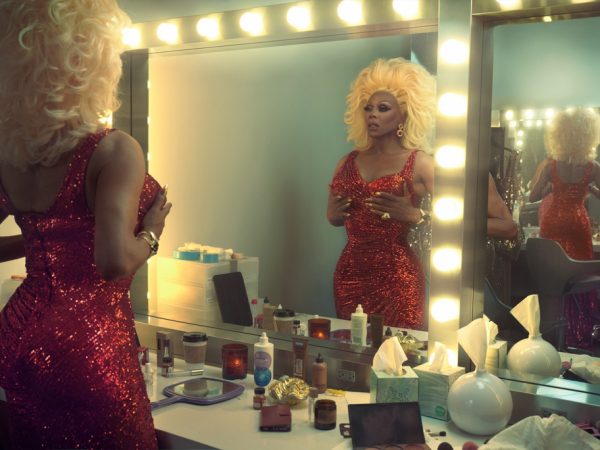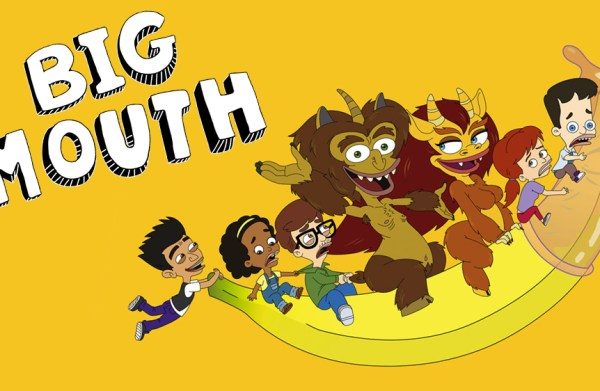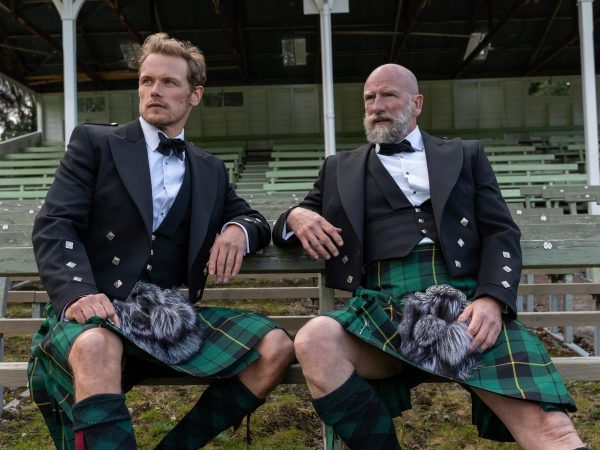Have you heard the term Lolita before?
(because American Beauty did not revolutionise anything)
The origins: the book
This might be a huge throwback, but have you ever watch the movie Lolita? It’s from a novel written by Russian-American novelist Vladimir Nabokov in 1955.
The story is a controversial one, as the protagonist is a middle-aged professor obsessed with a 12-year-old girl. He goes by Humbert Humbert, and she goes by “Lolita” – which is the Spanish nickname for Dolores, her name.
In the book, after becoming her stepfather, Humbert kidnaps her and sexually abuses her. The novel has been adapted into two movies, stage plays, and even an opera, with the age of the young girl being changed from 12 (book age) to 14 years old (movies age).
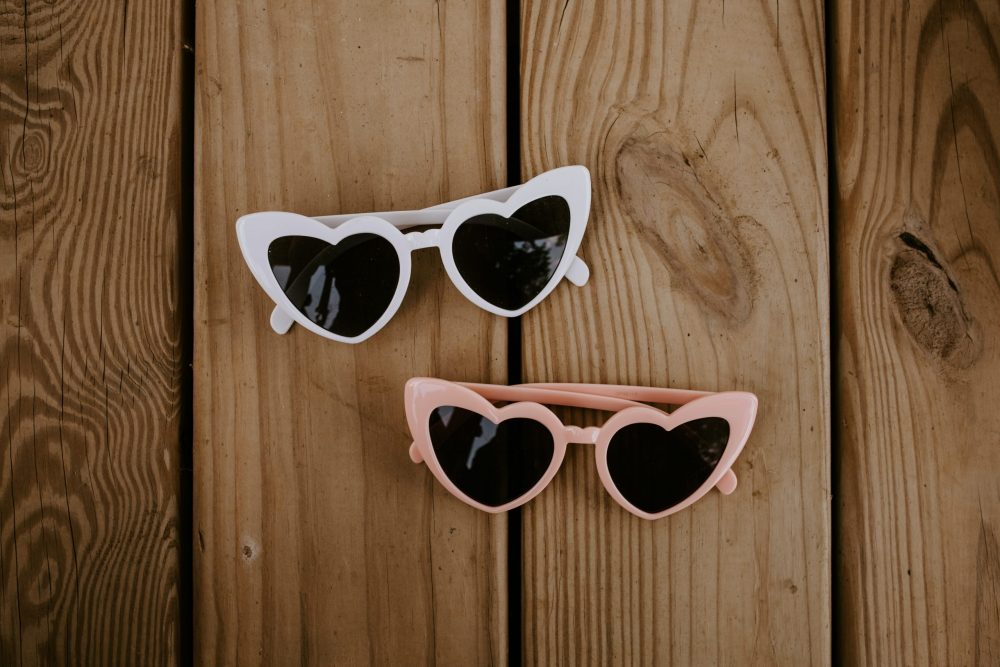
In the 1962 movie ‘Lolita’, Dolores made a pair of glasses rather famous.
The next step: the movies
The first movie is pretty vintage. It’s from 1962 and it was directed by Stanley Kubrick. You know, the guy who did 2001: A Space Odyssey.
If you haven’t seen it, 2001: A Space Odyssey is a sci-fi that runs for 2.5 hours and features a famous scene at the beginning, with lots of the monkeys doing monkey stuff around an obelisk and epic music playing in the background (check it out, 6 mins in).
Kubrick also did A Clockwork Orange, another dystopian movie that’s over 2 hour long. You might get the gist by now, but spelling it out: Kubrick was a pretty intense guy.
The second movie adaptation was made in 1997 by Adrian Lyne, a British film director, writer and producer. The film stars Jeremy Irons (aka Alfred from Batman vs Superman) as the lead.
Adrian directed a number of movies, most of them either thrillers, horrors, or erotic. He directed Lolita right after Indecent Proposal (1993), which was a pretty erotic movie, and he’s also the guy behind Flashdance and Fatal Attraction.
Either way, the movies storyline remains true to the book. Neither the movies or the book have a happy ending unfortunately, in case you were wondering.
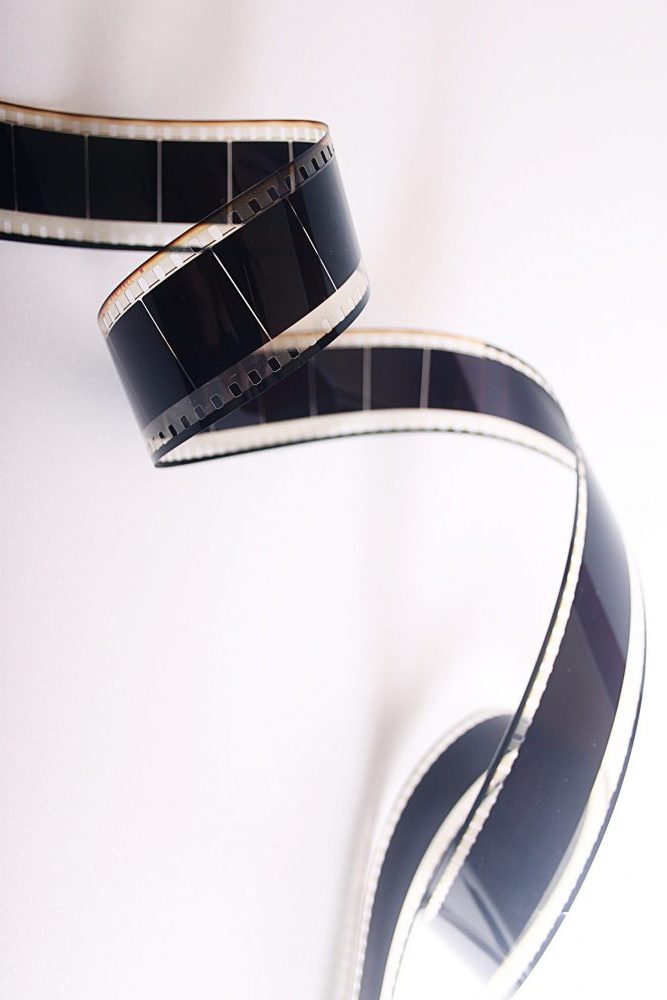
Both movie adaptations were followed by controversy, article by the BBC here.
The evolution: a modern take
Over time, the term Lolita has become a popular reference in various forms of pop culture, including music, literature, and fashion. But the question remains: what does Lolita mean?
Well, in modern day English, “Lolita” stands for a “precociously seductive” young girl. However, this new meaning deviates from Nabokov’s (the Russian novel writer) original interpretation. Nabokov’s version of Lolita see the girl being victimised by the professor. Instead, contemporary writers use the term to portray a young girl who complicity attracts adult desire.
This evolution of the term, led to more and more interpretations in media that are further and further away from its original meaning. I thought I would bring up some examples from the East and from the West.
From the East: new trends
In Japan for example, the definition of “Lolita” has been romanticised and developed into a whole new subculture trend.
The trend originated in the 1970s and went by various names before adopting the term “Lolita” in the 1990s. Drawing inspiration from Victorian fashion and Lewis Carroll’s Alice in Wonderland, “Lolita Fashion” is characterised by ‘cute’ and girly clothes.
Another inspiration was Marie Antoinette (yes the one that said ‘Let them eat cake’), that also led to the creation of an anime I watched and loved during my childhood: The Rose of Versailles, aka Lady Oscar.
This trend was seen by many as a response to the strict societal norms in Japan, which imposed gender roles and expectations from a very young age (although some claim otherwise). A society that traditionally pressured its people to adhere to gender roles and expectation at a very young age.
So what’s not to like? This new trend basically allowed you to: 1) escape adulthood because who really wants to adult these days? and 2) escape the real world because why be what your family wants you to be when you can be a beautiful unicorn-like princess in Victorian garb?
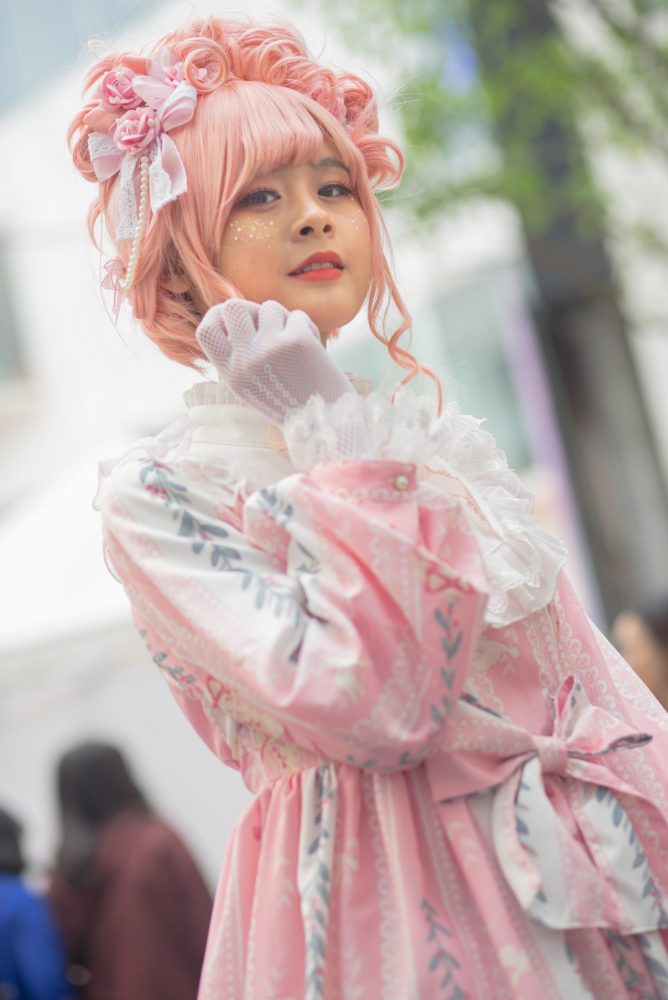
Example of a Japanese ‘ Lolita’.
To the West: a tub full of roses
Even more contemporary example is American Beauty; a well-known cult movie which draws many comparisons to the original Lolita. Directed by Sam Mendes, the film features Kevin Spacey and Mena Suvari.
In the movie, an advertising executive (Kevin Spacey) with a midlife crisis becomes infatuated with his teenage daughter’s best friend (Mena Suvari).
Unfortunately, the controversy surrounding the film also followed Suvari in real life, as she experienced sexual abuse, violence, and manipulation around the same time (more if you are interested in this article by the Guardian: I was not being loved. I was just a body’: Mena Suvari on surviving sexual abuse, acting and American Beauty Again, don’t expect a happy ending here either).
The movie didn’t exactly age well, but I still think of it as a classic cult. And I guess you need to be a cult movie to be spoofed by Family Guy that many times (here, here, and here).
Again, don’t expect a happy ending for this one either. Worth a watch.
Alizée, a French singer, dancer, and musician, provides one last example. She became famous in 2000 at the age of 15 with her song “Moi Lolita”.
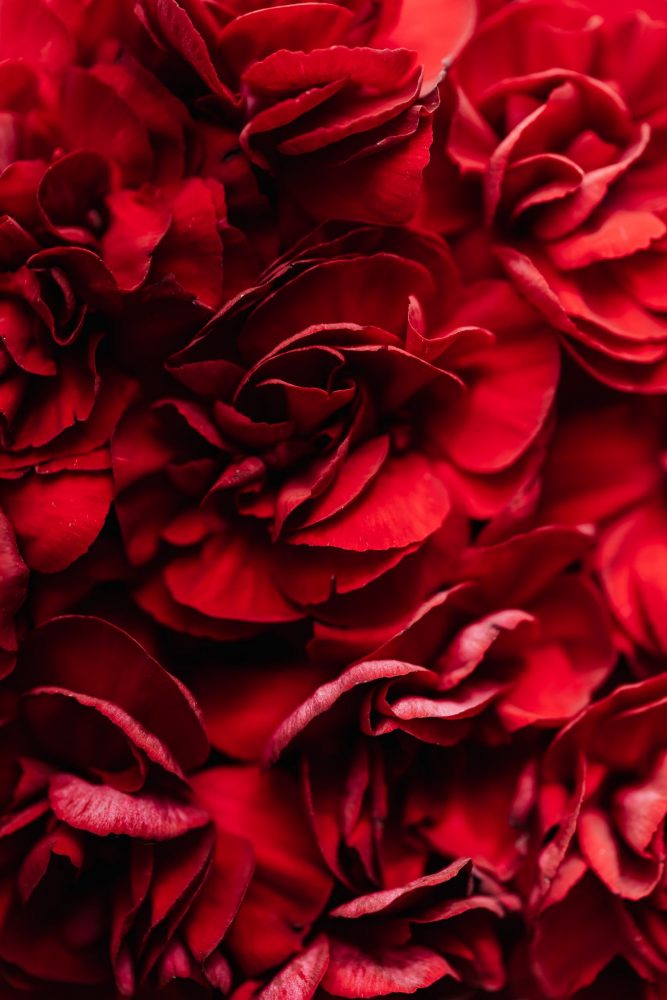
A famous movie scene portraited Mena in a bath tub full of red roses petals.
More and more young actresses are sexualised in movies. One examples is Booke Shields, when she played a role in Blue Lagoon at the age of 15, back in 1980. Another is Natalie Portman who played a young girl in one of my fav movie Léon: The Professional when she was just 13 year old in 1994. And much more recently you the fantastic Millie Bobby Brown who started playing Eleven in Stranger Things at the age of 12.
However you look at it, child sexualization in movies and TV is a controversial and sensitive topic. Many argue that it has harmful effects on children and it contributes to the normalization of sexualising minors. Others argue that it is a form of artistic expression.
I believe that if movies and books shine a light on the topic by raising awareness about important issues, such as child abuse, it can help educate and eradicate such issues in real life.
Today, many countries have laws and regulations in place to prevent the sexualization of minors in media. But it’s also true that as many other countries legalised child marriages.
According to UNICEF, there are at least 117 countries where child marriage is still legal in some form or another. Although some of these countries have recently made legal reforms to end such practice, it still occurs due to societal and cultural norms.
You can find some stats from UNICEF here and you can donate here.


